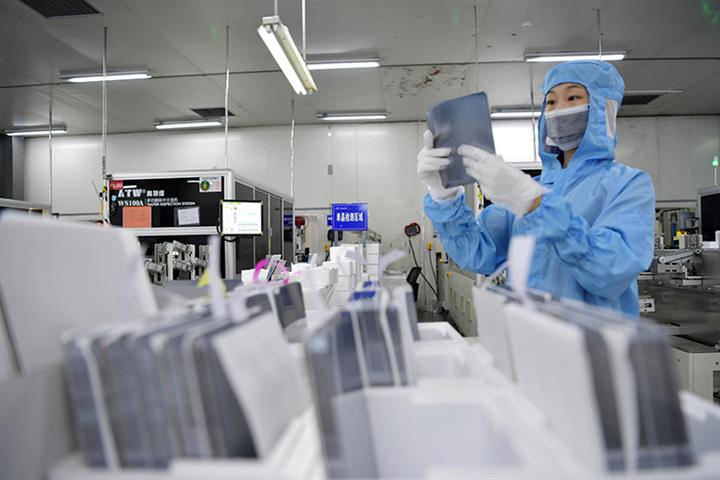 Silicon Output Is at Stake as Sichuan Triggers Highest Emergency Response to Power Shortfall
Silicon Output Is at Stake as Sichuan Triggers Highest Emergency Response to Power Shortfall(Yicai Global) Aug. 22 -- Many photovoltaic companies face power outages and restrictions that will impact silicon production after Sichuan extended industrial power cuts and activated its highest emergency response to the electricity shortfall as a heatwave besets the southwestern Chinese province.
Some 207,000 tons of silicon capacity is affected: 107,000 tons of granular silicon from Yongxiang Leshan, owned by Tongwei, and 100,000 tons from GCL Technology Holdings unit GCL Leshan, according to Yicai Global’s calculations.
Leading PV firms, including GCL Technology, Tongwei, Trina Solar, JinkoSolar Holding and others, have invested in production plants in Leshan, Sichuan, either directly or with equity participation.
Sources at Tongwei told Yicai Global that the company is assessing the exact impact, while an executive at GCL Technology said that about 9,000 tons of capacity would be affected in a single month if all local silicon production was shut due to power rationing.
This is the first time that the Sichuan government has activated the highest level of emergency response since it issued an energy security plan in January.
To ease the electricity shortage and prioritize households, a request to high energy-consuming companies to halt production between Aug. 15 and 20 has been extended to Aug. 25, according to a document jointly issued by the province’s economic department and Sichuan Electric Power two days ago.
Sichuan is one of the main producers of the upstream product polysilicon material. Public data show that last year, China produced about 500,000 tons of polysilicon, accounting for more than 70 percent of the global output. Among China’s production, Sichuan accounted for about 13 percent, third behind Xinjiang autonomous region and Yunnan province.
Industry sources said the main reason PV companies chose to settle in Leshan, Sichuan is that electricity is relatively cheap there. Sichuan is mostly dependent on hydropower, while polysilicon, an upstream product of the industry, is very energy-consuming, with electricity fees accounting for about 30 percent of total costs.
JinkoSolar Vice President Qian Jing recently said that silicon supply will remain very tight this year. The shortage is mainly due to the rapid expansion of intermediate products, causing a supply-demand imbalance for silicon and wafers. Silicon raw material also has a different expansion cycle from midstream products such as silicon wafers, cells and modules.
Silicon enterprises have faced shortages before, according to Shanghai Metal Market, and power curbs may cause market prices that have only just stabilized to start climbing again.
Editors: Shi Yi, Peter Thomas